Part 1 of 2
James Duff – the future 4th Earl Fife – was born in Aberdeen on 6th October 1776 to Alexander, younger brother to James Duff 2nd Earl Fife, and Mary Skene of Skene. The older James, at this stage, realised he probably wouldn’t have a direct heir, and was also somewhat critical of his brother as being “weak”; also his sister-in-law had been described as having “moral laxity and emotional instability” So from the age of 6 our future hero was brought up in Duff House under the care of his uncle, to be groomed as the future Earl Fife. He went to the renowned Dr Chapman’s school at Inchdrewer, and then in 1789 to Westminster School, before going in 1794 to Christchurch, Oxford. However he soon became a student at Lincoln’s Inn and received legal training for three years, which would stand him in good stead in later life.
By 1793 his uncle had described “Jamie” as much “improved”, with “really good principles, and temper, with every prospect of application and good parts”. He had an aptitude for languages, learnt Latin and Greek, and frequently visited the Houses of Lords and Commons. He learnt the style and manner of great public speaking. In 1794 Jamie abandoned his legal studies in London and joined the Allied army on the Continent, fighting against the French Republic. He was present at the Congress of Rastatt, trying to resolve the French occupation of the left bank of the Rhine – until the French resumed fighting in 1799.
Jamie returned to London and on 9th Sept 1799 married Maria Caroline Manners. This was most definitely a love match; the couple enjoyed society living in London and Edinburgh while also spending some time at Duff House. He was appointed to the command of the Banff and Inverness Militia, and he reportedly much improved their discipline.
During a stay in Edinburgh on his militia duties, his wife was scratched on the nose by her pet Newfoundland dog. Not much notice was taken of this incident, perhaps because rabies was only just starting to become known; not even when the dog became bad tempered and bit a groom; the dog was then put down. Within a month however Maria became ill, and although the physicians realised the nature of the malady, it was too late to save her and she died on 20th December 1805 of “undoubted hydrophobia”. She was described as “so well known and so universally esteemed” and was much mourned.
Although James was overwhelmed with grief it was several aspects of his life to date that led to the events that made him a true here. He went back to Europe, joining a combined force of British, Swedish and Prussians, anticipating an inevitable war with Napoleon. Looking for action he shifted to Vienna and joined the Austrian army under Archduke Charles, fighting in battles at Wertignen, Ulm, Munich and others. Even though the French were victorious, James learnt much of military tactics. On hearing of the disturbances in Spain he sailed from Trieste to Cadiz to assist the Spaniards against the French. He learnt Spanish and fought with several of the Junta, but later uniting with an army under Lord Wellesley, later the 1st Duke of Wellington.
He fought at the battle of Talavera in which he was instrumental in moving some guns that then inflicted much damage on the French, and although wounded by a sabre cut to the neck during a counter-attack, still saved the life of a Spanish officer and led a harrying force on the fleeing enemy.
With reinforcements the French soon attacked outposts around Cadiz, and during the battle of Ocana, James was badly wounded while going to the successful aid of a beleaguered fort. The Madrid Gazette said “Lord Macduff and Colonel Roche are the active and indefatigable agents of England with the Spanish armies.” James received much praise and recognition, even if his name was pronounced “Maucdoov” ! He soon recovered and took an active part in many other battles.
Meanwhile, in 1811 his father had died and James had become the 4th Earl Fife, and he prepared to head back to Scotland. Lord Wellesley presented him with a magnificent Damascus sword, ornamented with precious stones on a ground of solid gold, to mark his meritorious services.

The Cortes Generales, the Spanish Parliament, not only made him a General but also a Knight of the Order of St Ferdinand, Spain’s highest gallantry award – their equivalent to our later Victoria Cross. On paintings of him after 1813 he is wearing this medal.
James later life and the good deeds he did around Banff and Shire are in Part 2 of his story to follow.

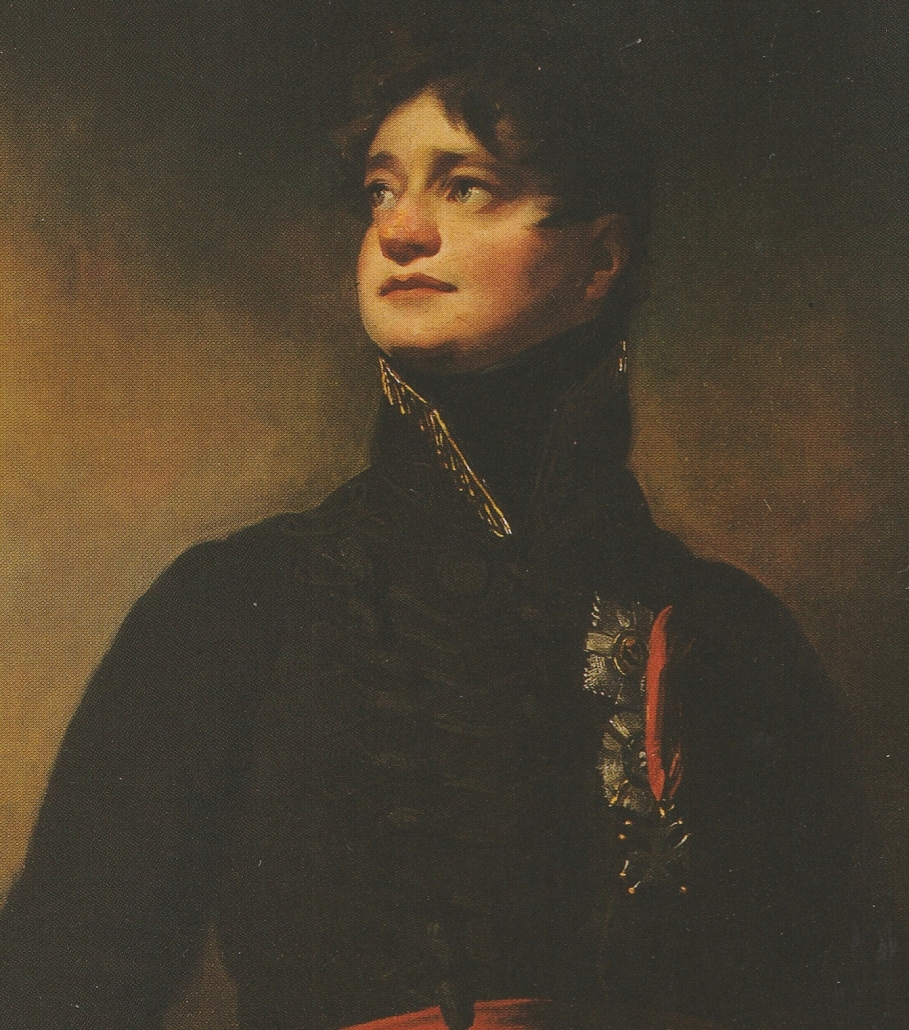
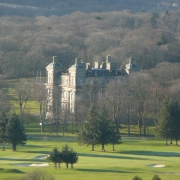
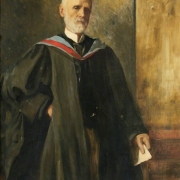
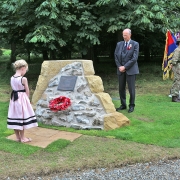
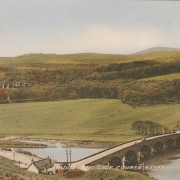
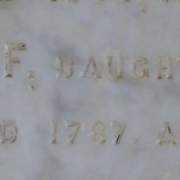
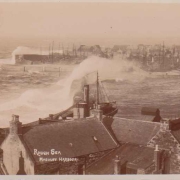
 BPHS
BPHS